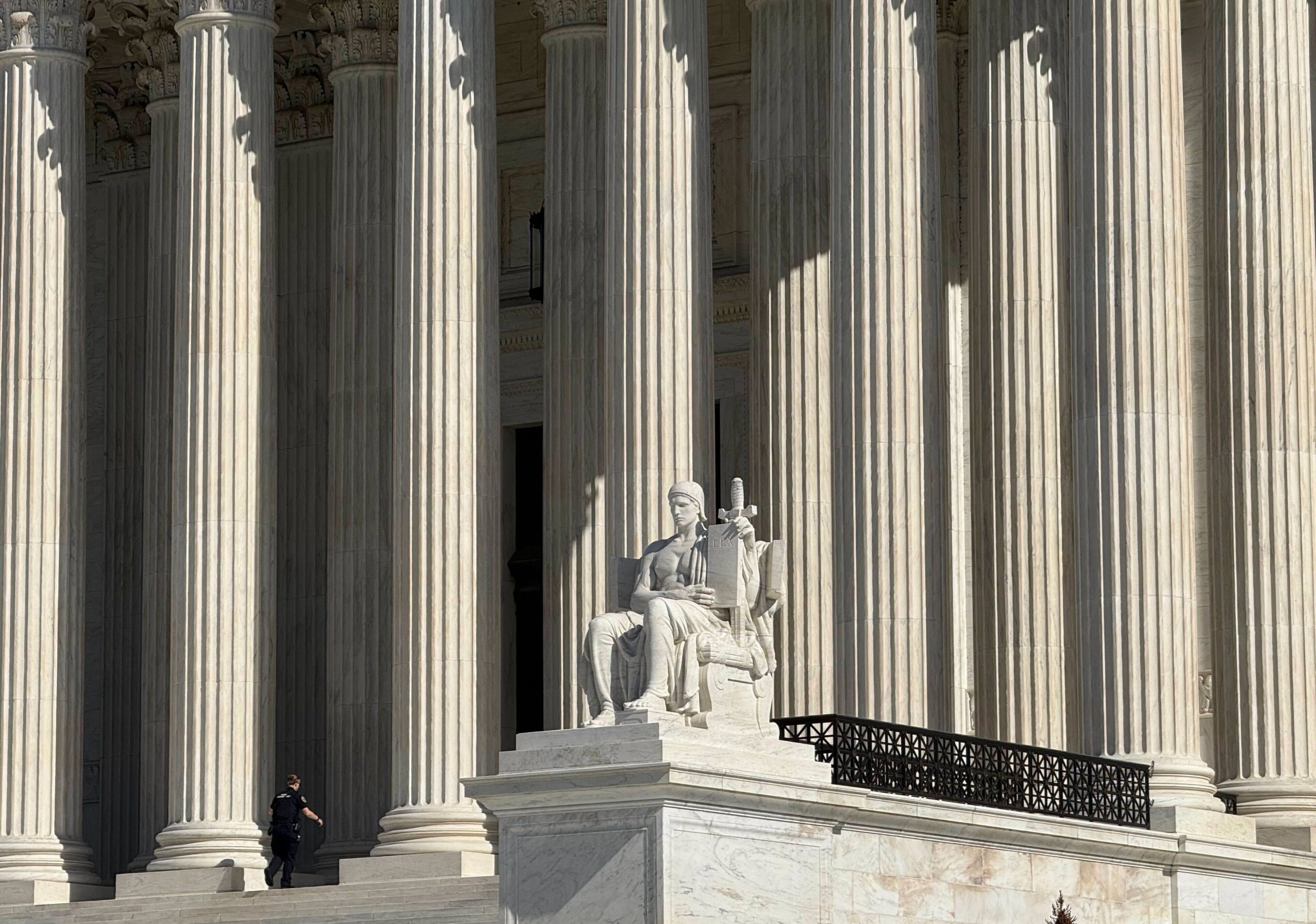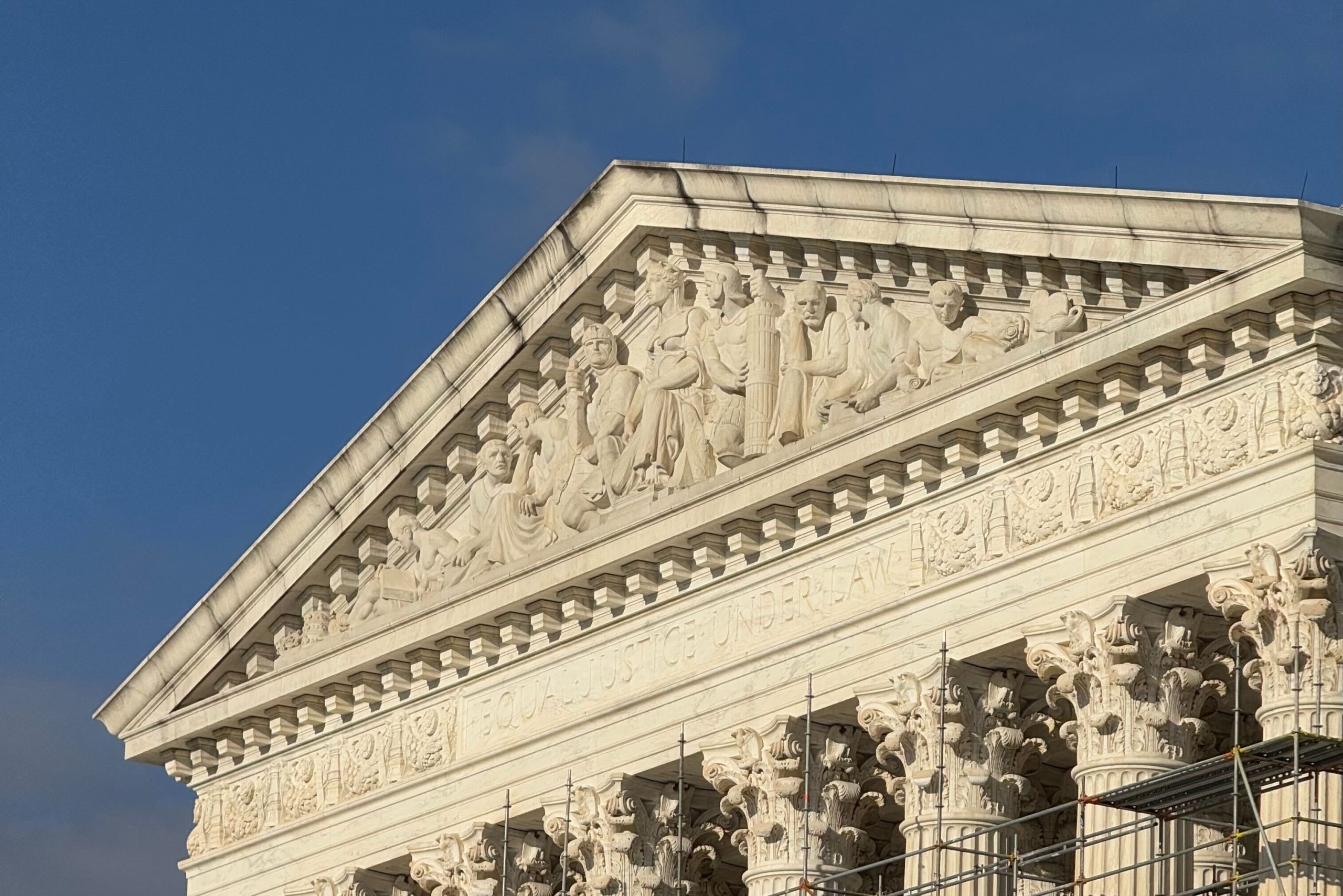
Supreme Court Sets Stage For Historic Clash Over President’s Power To Fire Agency Leaders
In a dramatic turn at the nation's highest court, Chief Justice John Roberts has temporarily halted lower court orders reinstating two fired independent agency heads, setting the stage for a potentially sweeping reevaluation of presidential power over U.S. regulatory bodies. The dispute centers on President Donald Trump’s recent dismissals of Cathy Harris from the Merit Systems Protection Board (MSPB) and Gwynne Wilcox from the National Labor Relations Board (NLRB), igniting a constitutional showdown with implications for the balance of power that has endured for nearly a century.

At immediate issue is whether these agency leaders—traditionally protected from removal absent cause—can be dismissed at the president’s discretion. Trump’s Solicitor General, D. John Sauer, called the current legal standoff “untenable,” insisting that the president cannot be forced to “delegate his executive power to agency heads who are demonstrably at odds with the Administration’s policy objectives.” Hours after an emergency application from the Trump administration, Chief Justice Roberts issued an administrative stay to keep the firings in place while the full Supreme Court weighs whether to definitively intervene.
Lower federal courts, citing longstanding precedent from the 1935 Supreme Court case Humphrey’s Executor v. United States, had ordered Harris and Wilcox returned to their posts. That landmark ruling upheld Congress’s authority to shield members of independent, multimember regulatory commissions from political removal, helping insulate their quasi-judicial and technical roles from partisan influence. But the Supreme Court’s conservative majority has signaled an openness to reexamining such protections, especially in light of recent decisions that curtailed limits on presidential authority over single-headed agencies such as the Consumer Financial Protection Bureau and Federal Housing Finance Agency.

At the heart of this legal tempest lies a clashing vision: whether the Constitution permits Congress to buffer independent agencies against direct presidential control, or whether such restrictions unacceptably dilute the president’s executive authority. As constitutional law scholar Stephen Vladeck explains, virtually every president since FDR has respected Humphrey’s Executor’s constraints, but today’s administration appears poised to urge the Supreme Court not just to narrow but to overturn the doctrine entirely. “This is the first time the Justice Department has specifically argued that Humphrey’s Executor was wrongly decided and should be overruled,” Vladeck noted.
While the Trump administration frames the firings as necessary to align agency leadership with White House policy, critics and lower courts emphasize the historic function of these bodies as neutral arbiters insulated from swings in political power. Notably, U.S. District Judge Rudolph Contreras highlighted that the MSPB primarily adjudicates internal federal personnel disputes, not wielding “substantial executive power,” and thus falls squarely within the protective scope envisioned by the 1935 precedent. Meanwhile, Senior Judge Beryl Howell stressed the NLRB’s limited reach and the continued validity of removal protections safeguarding agency independence.

The Trump administration argues that such for-cause removal protections unconstitutionally restrict the president’s control, particularly when agencies enforce labor and civil service laws on his behalf. Moreover, it suggests that if Humphrey’s Executor blocks these firings, then the precedent itself must be tossed aside. The government is also contending—unprecedentedly—that courts lack power to order reinstatements of fired agency heads, raising concerns not just of presidential authority but of judicial reach.
Legal observers highlight that how the Supreme Court resolves this clash may reshape the federal bureaucracy in profound ways. Overruling Humphrey’s Executor would enable presidents to swiftly remove leaders from agencies like the SEC, FCC, or even the Federal Reserve—potentially politicizing roles historically buffered from White House influence. Yet even some conservative justices may hesitate to take a step that risks spooking markets by undermining the Fed’s independence, suggesting a complex internal debate ahead.
For now, the fates of Harris and Wilcox remain in limbo as the justices consider expedited arguments, with key briefs due by April 15 and a possible ruling by early summer. The outcome promises not only to resolve two contested removals, but also to signal how far presidential power extends over agencies that touch nearly every facet of American life.
This case invites us all to reflect: Should agency experts serve at a president’s pleasure, or does democracy demand some buffer against unchecked executive sway? Share your thoughts below as the nation awaits a decision that may redraw the map of American governance.